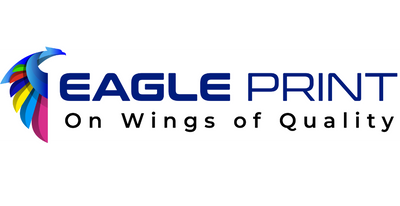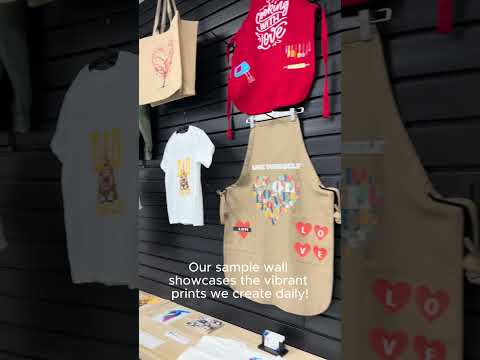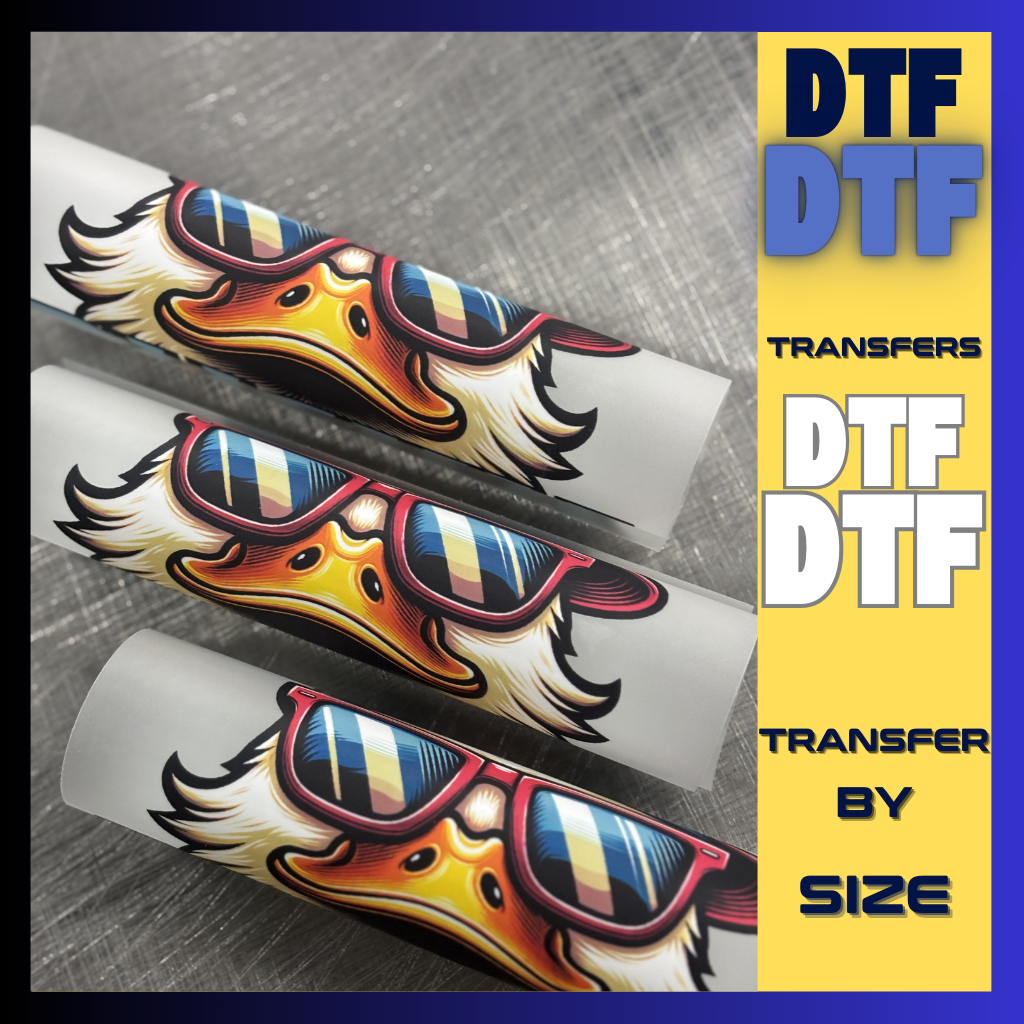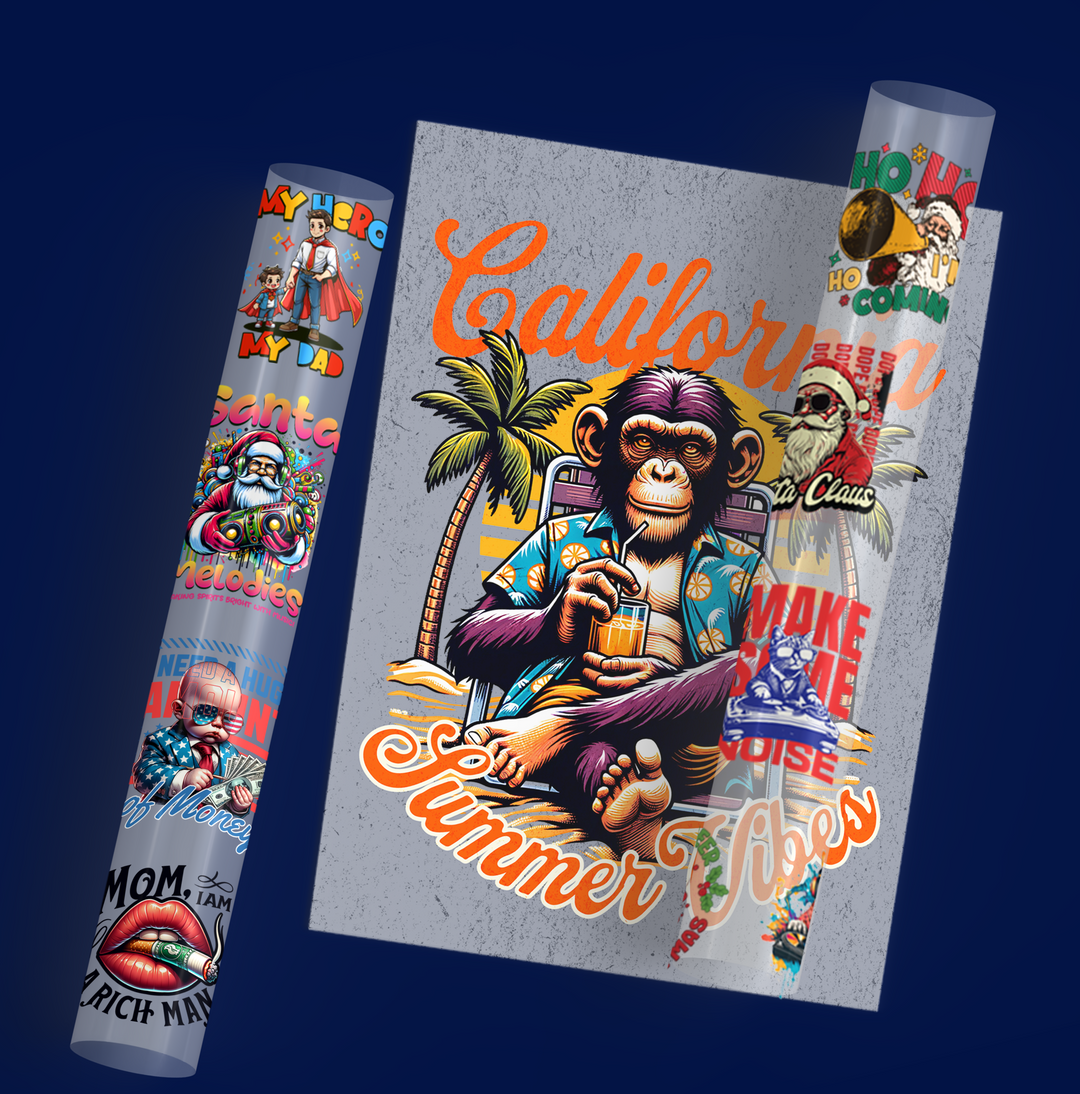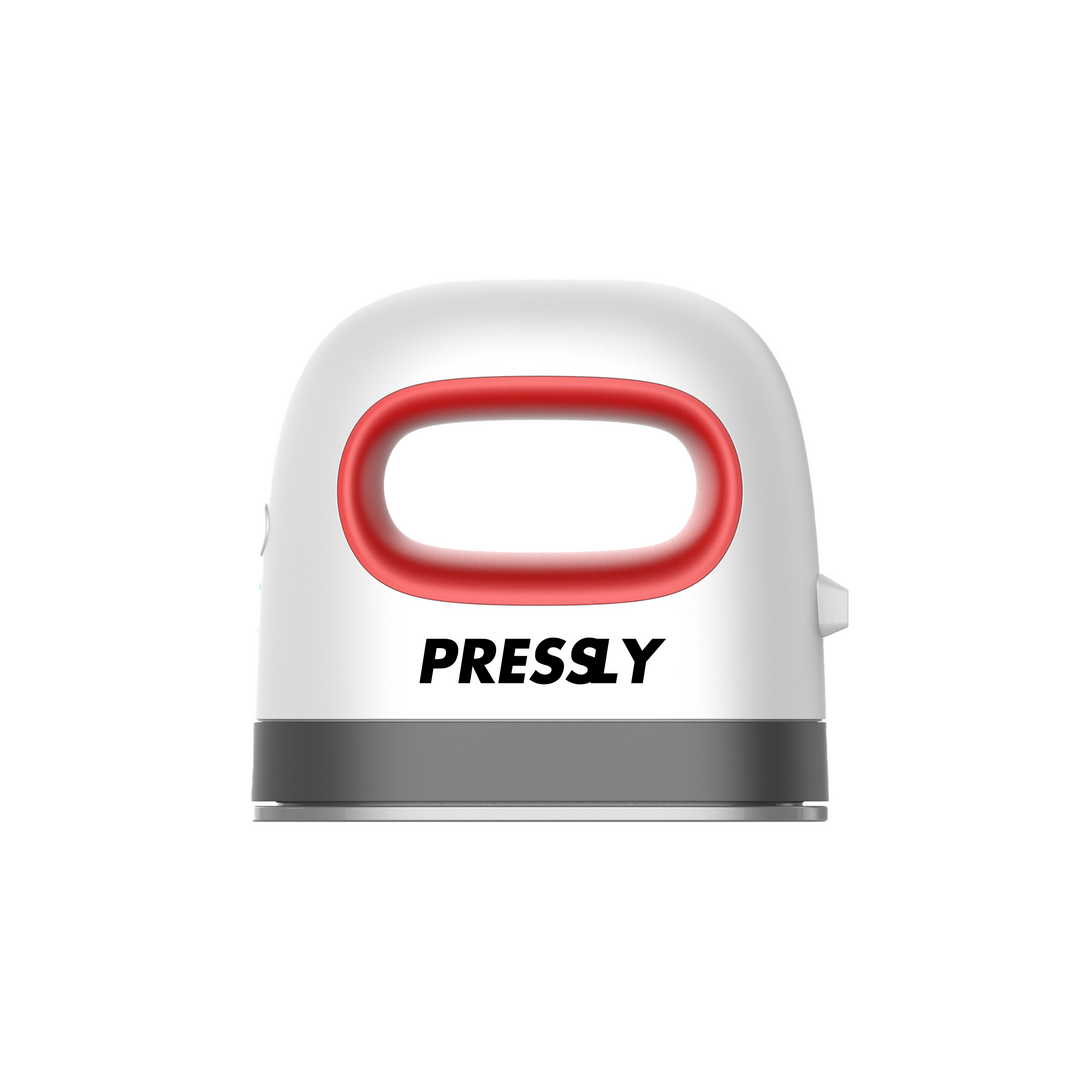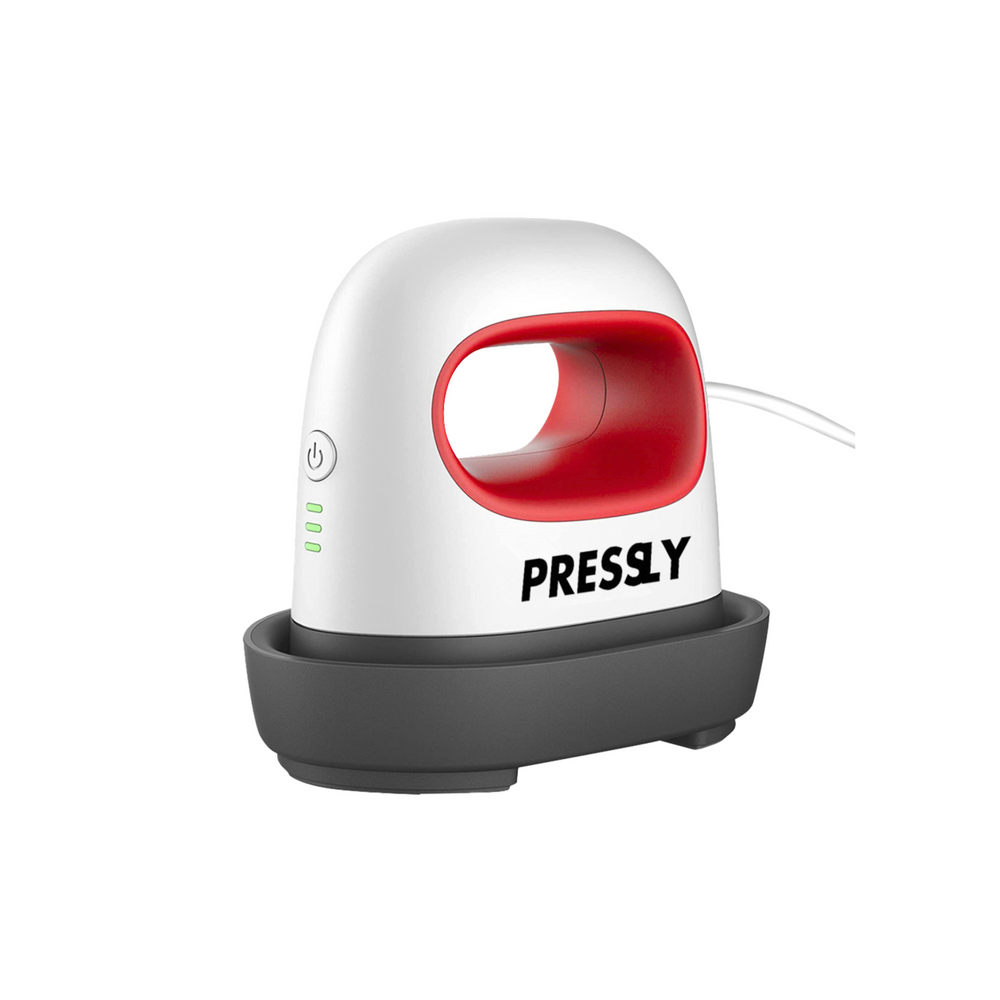Understanding HTV vs DTF: Choosing the Right Printing Method
When it comes to customizing apparel, two popular methods dominate the market: Heat Transfer Vinyl (HTV) and Direct-to-Film (DTF) printing. Understanding the differences between them is essential for businesses, designers, and hobbyists aiming to produce high-quality, durable, and vibrant designs. Comparing htv vs dtf can help you select the best solution for your project.
For a deeper insight into printing technologies, check out Heat Transfer Vinyl on Wikipedia.
What Is Heat Transfer Vinyl (HTV)?
HTV is a flexible vinyl material that is cut into shapes, letters, or designs and applied to fabrics using a heat press. It works well for single-color or simple multi-layer designs. HTV is popular for customizing t-shirts, sports jerseys, tote bags, and caps.
Key Benefits of HTV:
✅ Durable and long-lasting when applied correctly
✅ Works on cotton, polyester, and some blends
✅ Ideal for small-scale projects and single-color designs
✅ Easy to use for beginners
What Is Direct-to-Film (DTF) Printing?
DTF printing uses special film sheets to carry printed designs, which are then transferred onto fabrics with a heat press. Unlike HTV, DTF allows full-color, gradient, and highly detailed designs on a wide range of fabrics.
Key Benefits of DTF Printing:
✅ Supports complex, full-color designs with gradients
✅ Works on a variety of fabrics including cotton, polyester, and blends
✅ Durable and resistant to cracking, peeling, and fading
✅ Efficient for bulk production
For more technical details, see Direct-to-Film printing on Wikipedia.
Comparing HTV vs DTF
Understanding the differences helps in choosing the right method for your project:
-
Design Complexity: HTV is ideal for simple designs, logos, or lettering. DTF is perfect for intricate artwork and multi-color designs.
-
Fabric Compatibility: Both work on cotton and polyester, but DTF has greater versatility on mixed fabrics.
-
Durability: DTF designs are generally more resistant to repeated washing. HTV can peel over time if not applied properly.
-
Production Scale: HTV is suited for small orders, while DTF excels in bulk production due to its efficiency.
-
Cost Considerations: HTV can be more cost-effective for simple designs, while DTF may have higher material costs but saves time for larger orders.
How to Choose Between HTV and DTF
When deciding between htv vs dtf, consider the following:
-
Design Complexity – For detailed, full-color artwork, DTF is the better choice. For single-color logos or lettering, HTV works well.
-
Order Volume – Small, one-off projects may be more economical with HTV. Large batches benefit from DTF efficiency.
-
Fabric Type – Check compatibility; DTF is more versatile across different textiles.
-
Durability Requirements – For items that will be washed frequently, DTF generally offers better long-term adhesion.
-
Equipment and Skill Level – HTV is beginner-friendly; DTF may require slightly more technical know-how.
For professional advice and high-quality materials, Eagle DTF Print offers solutions suitable for both HTV and DTF printing projects.
Creativity and Versatility
Artists and designers can leverage the unique benefits of both methods. HTV allows for clean, bold lettering and simple designs, perfect for minimalistic branding. DTF enables full-color gradients, shadows, and highly detailed images, which are ideal for artwork, custom t-shirts, and promotional items.
Both methods can be used to create personalized gifts, event merchandise, corporate apparel, and sports uniforms. Choosing the right technique ensures that designs are vibrant, durable, and visually appealing.
Sustainability and Efficiency
Both HTV and DTF printing support on-demand production, reducing waste compared to traditional mass production. Producing items only as needed minimizes excess stock, making the process environmentally conscious.
DTF printing is especially efficient for bulk production, saving time while maintaining consistent quality across multiple garments. HTV is flexible and cost-effective for smaller projects or personalized items.
Conclusion
Understanding htv vs dtf is crucial for anyone interested in custom apparel and merchandise. HTV is excellent for simple, single-color designs, while DTF offers vibrant, detailed, and multi-color options suitable for a variety of fabrics and larger production runs.
Choosing the right method depends on your design needs, fabric type, production scale, and desired durability. For reliable materials, guidance, and printing solutions, visit Eagle DTF Print.
With the right technique and quality materials, your designs can be transformed into professional, durable, and visually stunning apparel or accessories, meeting both personal and business needs.

